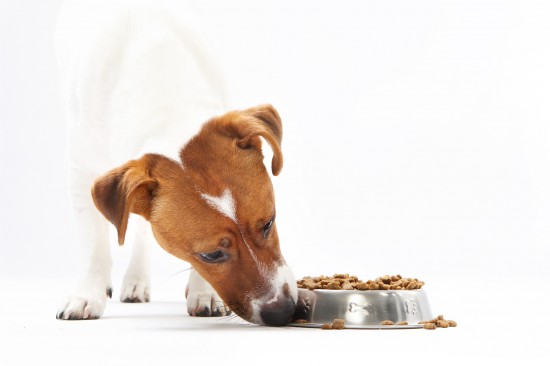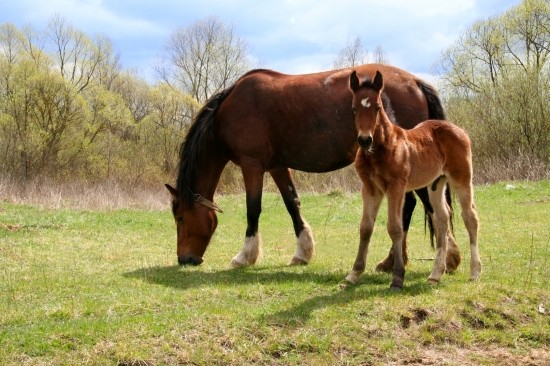

A great many dogs, particularly certain pedigree dog breeds, are apt to suffer from allergies of some type, and these can come in a lot of different forms and have a lot of different results. Common allergens include all sorts of things, from household products, to proteins, to pollen, to different types of food. Canine allergies can manifest in a whole range of different ways too, from digestive upsets to a general loss of condition, to itchy, irritated skin and problems with the coat.
There are a whole range of different ways to tackle canine allergies, and one of the most important of these is identifying what your dog is allergic to and what is causing the problem in the first place. If the allergen is something like pollen or something else that cannot be wholly avoided, the dog owner will be fairly limited in what they can do to help to resolve or minimise the condition. But if your dog is found to be allergic to something that can be avoided, such as a certain type of protein, grain, or something else that they may potentially have present in their food, this can ultimately be removed from the diet to remove the allergenic trigger too.
When you have spoken to your vet about your dog’s allergy, one of the ways in which they will advise you to narrow down the potential culprits is by putting your dog on a food trial. A food trial involves restricting your dog’s diet to something that is hypoallergenic or highly unlikely to prove to be an allergenic trigger, and seeing if that improves the problem.
Removing a wide range of potential allergenic ingredients like this will tell you whether or not something in that prior food was causing the allergy, and over time, each potential allergenic ingredient is reintroduced to the diet, to see whether or not it was the problem and ultimately, pinpoint the actual allergen.
However, restricting, changing and monitoring your dog’s diet and reactions to the diet can be tricky, and in this article we will look at how to go about things, and why getting things right is so important.
When your dog is on a food trial, you must stick to the prescribed food without erring, and this means that you simply cannot give your dog anything that is not approved within the diet, such as treats, table scraps or their normal food. Food trials can take weeks or months to complete, and just one slip up during this time may skew the results, either indicating an allergen in the trial diet that is not there, or complicating and obscuring your dog’s true results.
Any food, including treats fed during a trial diet must be approved by your vet as an agreed part of the trial, and your vet may well approve certain types of treats during this time. Just as there are a reasonably wide range of sensitivity diets and hypoallergenic dog foods, so too are there various options for hypoallergenic dog treats, so ask your vet to prescribe or recommend one for your dog during the duration of their trial.
Your dog will likely need to start off on a very simple hypoallergenic diet that contains the bare minimum of different ingredients, so that each potentially allergenic ingredient can be slowly reintroduced one by one until you find out which ingredient or ingredients are causing the problem.
Your dog will likely need to be fed the very simple diet for two to three months before any additional ingredients are introduced, in order to allow the results of the restricted diet to become apparent.
When your vet tells you to reintroduce the first ingredient back into the diet, this is not carte blanche to let things slip; you must maintain the diet and not start to get slack about feeding other things aside from exactly what your vet tells you is ok.
The most likely feeding option that your vet will advise is to feed a readymade specialist diet that is designed for sensitive dogs, or those on food trials. However, there are other options, such as making your dog’s trial diet at home yourself (under the advice of your vet or a canine nutritionist, to ensure that all of your dog’s needs are being met) and your vet might even tell you to try foodstuffs that your dog has never had before, such as certain types of fish that are not normally found in commercial dog foods, but which are unlikely to trigger allergies.
If your dog does eat something that they shouldn’t do, this can muck up a large part of your food trial and possibly mean that you need to go back a step, but this is not always the case. Do what you can to avoid this happening, but if something does go wrong, make a note of exactly what happened, including what was eaten, how much and when, and what happened in the hours and days following this.
Take this information to your vet when you next have a review appointment, and call your vet before your next scheduled meeting if you have any particular concerns.
 Blue-green Algae And Its Risks For Dogs
Blue-green Algae
Blue-green Algae And Its Risks For Dogs
Blue-green Algae
 Managing Young Horses
Managing Young Ho
Managing Young Horses
Managing Young Ho
 Learn how to train your dog in a gentle and effective way
Learn how to train your dog in a gentle and effective way
Learn how to train your dog in a gentle and effective way
Learn how to train your dog in a gentle and effective way
 Perfect Pedigree Thailand - Your source for Purebred & Pedigreed puppies
Perfect Pedigree Thailand - Your source for Purebred &
Perfect Pedigree Thailand - Your source for Purebred & Pedigreed puppies
Perfect Pedigree Thailand - Your source for Purebred &
 Why Antioxidants & The Six Nutrients Are Essential In A Dogs Diet
Why Antioxidants
Why Antioxidants & The Six Nutrients Are Essential In A Dogs Diet
Why Antioxidants
Copyright © 2005-2016 Pet Information All Rights Reserved
Contact us: www162date@outlook.com